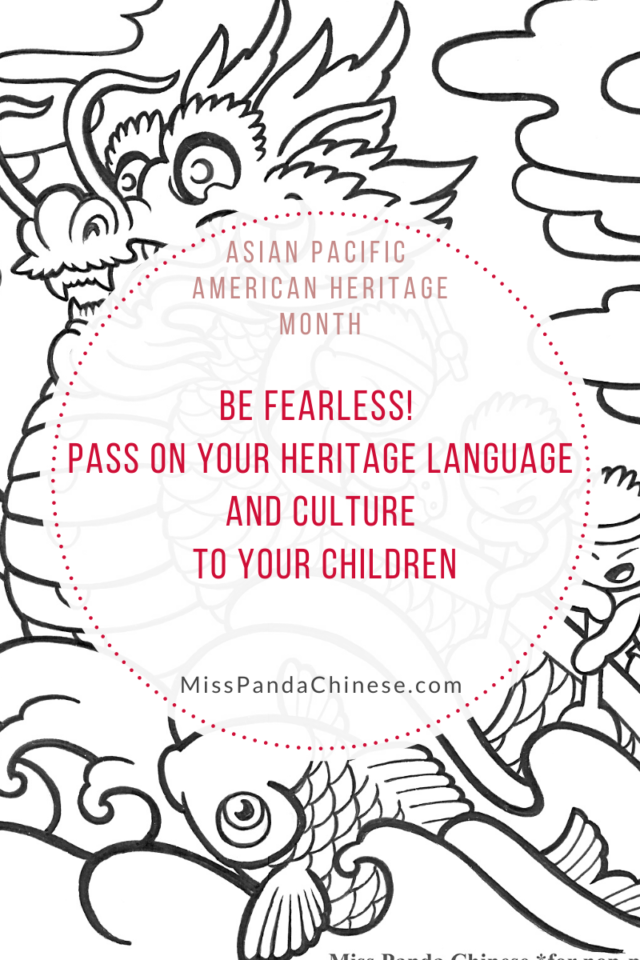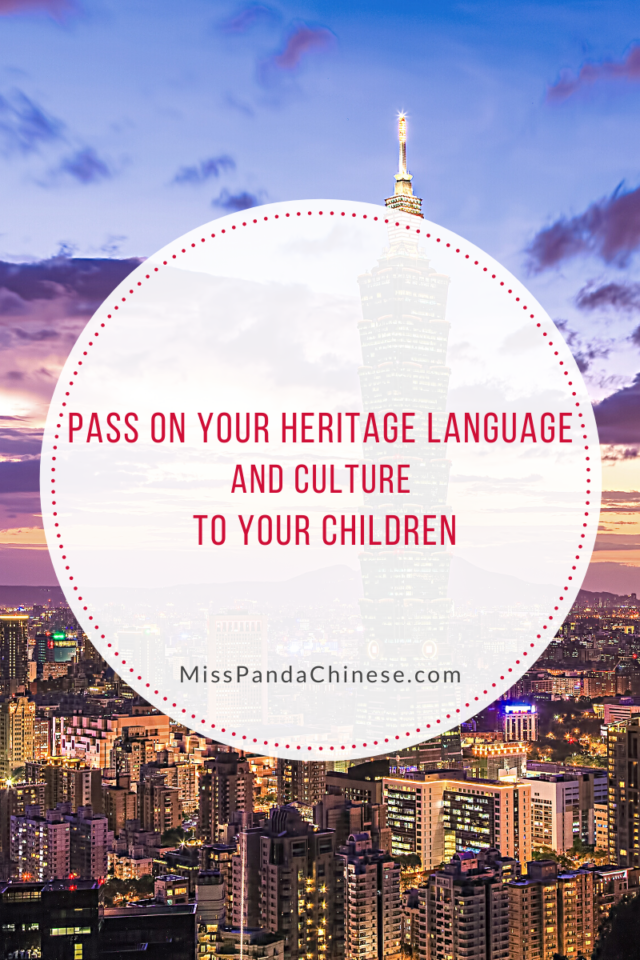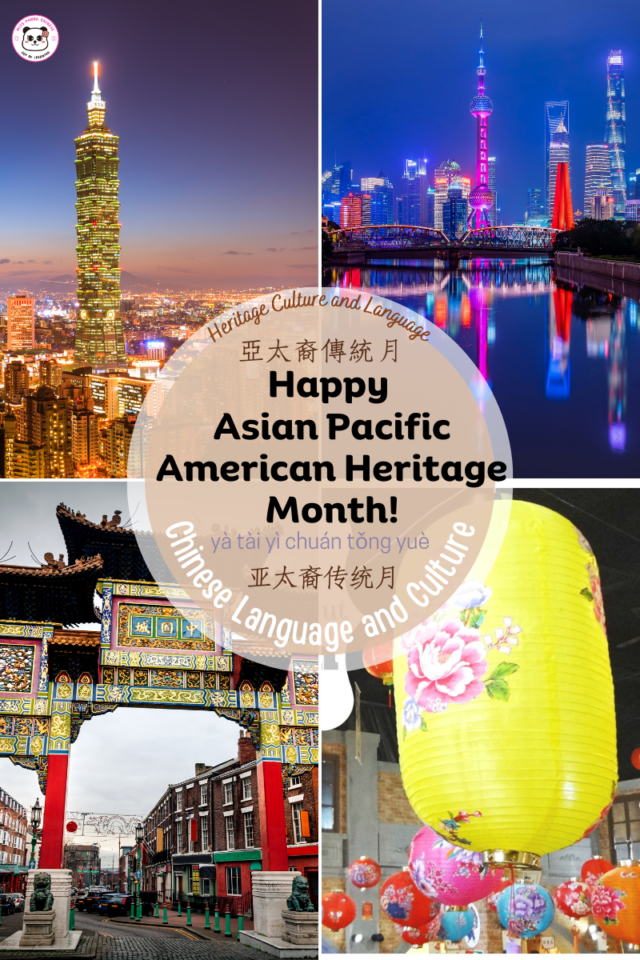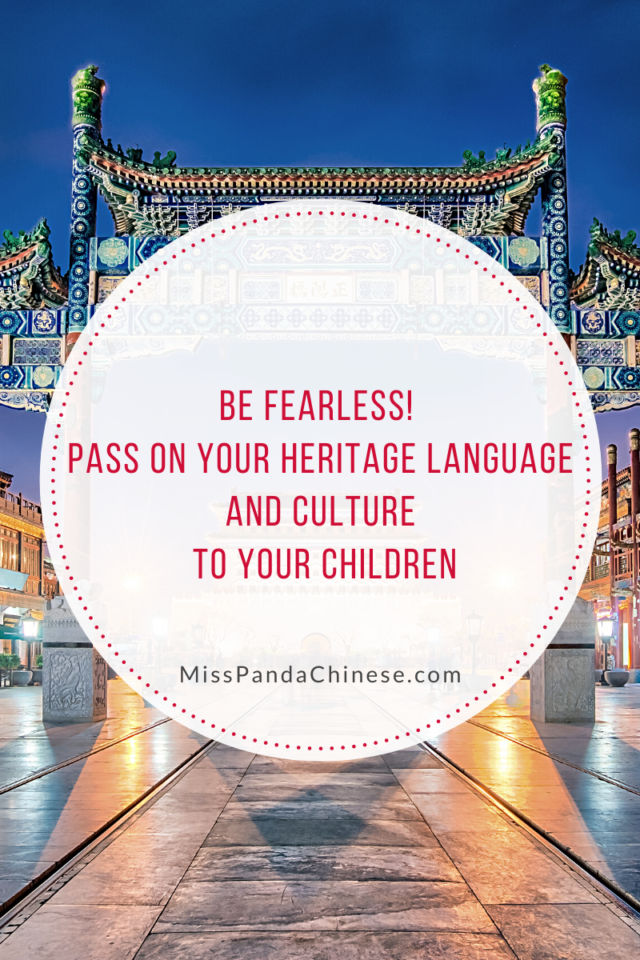Happy Asian Pacific American Heritage Month!
Join us to celebrate the rich cultures in the Asia Pacific region and support the families passing on their heritage language and culture to their children! Also, for families who are curious and exploring cultures around us.
For all the parents and language educators on this journey, so much emotional labor is involved. I want to celebrate you and what you do each day to gift your children or your students the gift of their heritage culture. In addition, thank you for connecting your friends and your community with Asian heritage culture, and traditions. Furthermore, I am thrilled about your interest in exploring Chinese culture here.
Language is the road map of a culture. It tells you where its people come from and where they are going. – Rita Mae Brown
We were at a playdate at a friend’s house. The two preschoolers were having a good time building a skyscraper with blocks. The two toddlers were playing with a farmhouse. My daughter, who was about 2 years old, walked over by my side and showed me a play horse and a little dog. I asked her if she liked it in Chinese. She nodded and replied back with a couple of words in Chinese. Then she skipped her way back to her friend.
Right then, my friend, Sally, said to me: “You need to keep doing that.” I looked at her and smiled. “You need to keep speaking Chinese to your kids!” she continued. Sally was raising two bilingual children as well. She spoke French to her kids even though she is an English native speaker.
Sally told me that she wished she could still speak Farsi. She said that she lost it even though she spoke it well when she was little. She wished that she could still talk with her grandmother in Farsi but she was no longer able to do that. I felt the emotion in her voice. She continued and said, “I wish my mother had insisted on only speaking Farsi to me when I replied to her in English…”
“You will keep speaking Chinese to your kids. It’ll be hard but you will keep doing it….” she said. I still remember that conversation vividly, which has helped me over the years.
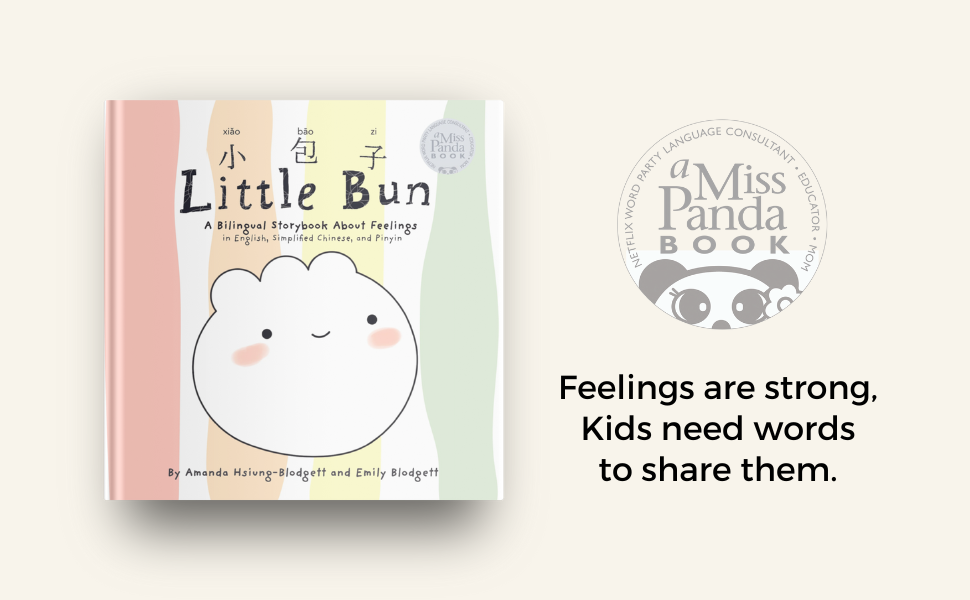
Find out who is the co-author and the illustrator of Little Bun. We hope Little Bun brings you and your child big smiles.
I still speak Chinese to my kids. However, the role has reversed – they will remind me to speak Chinese if I start speaking English. Both of them are in college now. On the journey of keeping their heritage culture and language active, we encountered the tsunami of the community language (English, Spanish, French, or Russian), and we rode on a surfboard of Chinese! Yes, we tumbled from time to time. And, we got up. We tried again. We had tears, got frustrated, but more importantly – we laughed together! And we are fine.
Speaking Your Heritage Language
Be fearless when it comes to speaking your heritage language to your children. It could be Burmese, Cambodian, Cantonese, Chinese, Korean, Japanese, Hakka, Tagalog, Malay, Mongolian, Taiwanese, Vietnamese, Thai, etc.
If you are fluent in your heritage language you can start adding your heritage language to your daily routine. Make it fun for your kids. Use hands-on activities, stories, songs, cartoons, and games to introduce the language to them.
If you are not fluent in your heritage language you can brush up on it and learn with your children together. Use what you know and speak your heritage language to your children whenever possible, adding a little more every day. The best resources to get it started are online programs and your extended family.
Be Fearless and Let’s Start!
Smile. A big smile is the first step! It relaxes you and it shows the fun spirit for the kids. Even if you are going to start with a few basic greetings in your heritage language it is a step forward.
Breathe. There will be bumps in the road when teaching your children your heritage language. Take a deep breath. Smile. Start again.
Speak. Language is communication. Your kids will need consistent language input before they can speak the language. The more you speak to your kids the more they will be familiar with it. It takes time but it’s worth it. Think about the moment when your child spoke his/her very first word. It is a similar process. It takes time, and it brings joy and excitement.
Learn Together. Have you listened to my streaming album yet? If you are just starting with your litte one this album will take the whole famiy on relaxing and fun learning adventure. Just listen, follow me and say what I share in each track and see what happens. Model it for your child. If you are looking forward a program that is one level up you can head over to my podcast, Playful Chinese and keep move forward on the journey.
Heritage Language and Culture
Heritage Language & Mainstream Culture
As you begin to realize that every different type of music, everybody’s individual music, has its own rhythm, life, language, and heritage, you realize how life changes, and you learn how to be more open and adaptive to what is around us.” – Yo-Yo Ma
Culture has many different dimensions to it. It encompasses language, food, music, clothing, festivals, values, tradition, gifting, how we greet people, ceremonies, religion and many many more things.
When you introduce your heritage language and culture to kids you are also going to look at the mainstream culture that you are in.
Be a culture detective with your super teammates, your kids. Pick a topic. Ask these 3 questions to start your heritage culture investigation.
What are some similarities between the community culture we live in and our heritage culture?
What are some differences? What are some similarities?
What is our family tradition when we celenrate (insert a cultural festival or holiday; ie. the New Year)?
What festival do you like to celebrate the most? Why?
What is our family tradition?
Be a culture detective with your your kids when they are learning or exploring a new language or culture with you. Pick a topic. Ask these 3 questions to start cultural observation.
What are some cultural festivals or holidays you celebrate with your friends at school?
What are some holidays that you have heard about and are curious about? What do you know about it? What books can we read and learn more about these cultural festivals?
What are the differences and similarities between (insert a holiday you celebrateat home) and what we learn about (insert a festival/holiday)?
What is our family tradition?
I am an American, steeped in American values. But I know on an emotional level what it means to be of the Chinese culture. -Amy Tam
Asian Pacific American Heritage and Chinese Culture Resources
Asian Pacific American Heritage Month
Song in Mandarin: Descendants of the Dragon
Multicultural Children’s Book Day
Multicultural Kid Blogs
New York Library Asian American, Native Hawaiian & Pacific Islander Heritage Reading List Kids•Teens
Booklist for multicultural books featuring Chinese culture and heritage
Booklist of AAPI Authors
Chinese Culture for kids
Support Asian Pacific American Authors and Publishers
Penguin Random House | Tuttle Publishing | Mango and Marigold Press | Lee & Low Books | Scholastic | Pragmaticmom | HarperCollins | macmillan | Reading Rockets APAHM Booklist | ALSA booklist | Pragmaticmom booklist | Highlights Magazin | Barefoot Books | Indigrowkids | RaisingWorldChildren
This article was first published on MulticulturalKidBlogs | Article update: 2024
Asian Pacific American Heritage Month Heritage Culture • Asian Pacific American Heritage Month Heritage Culture • Asian Pacific American Heritage Month
